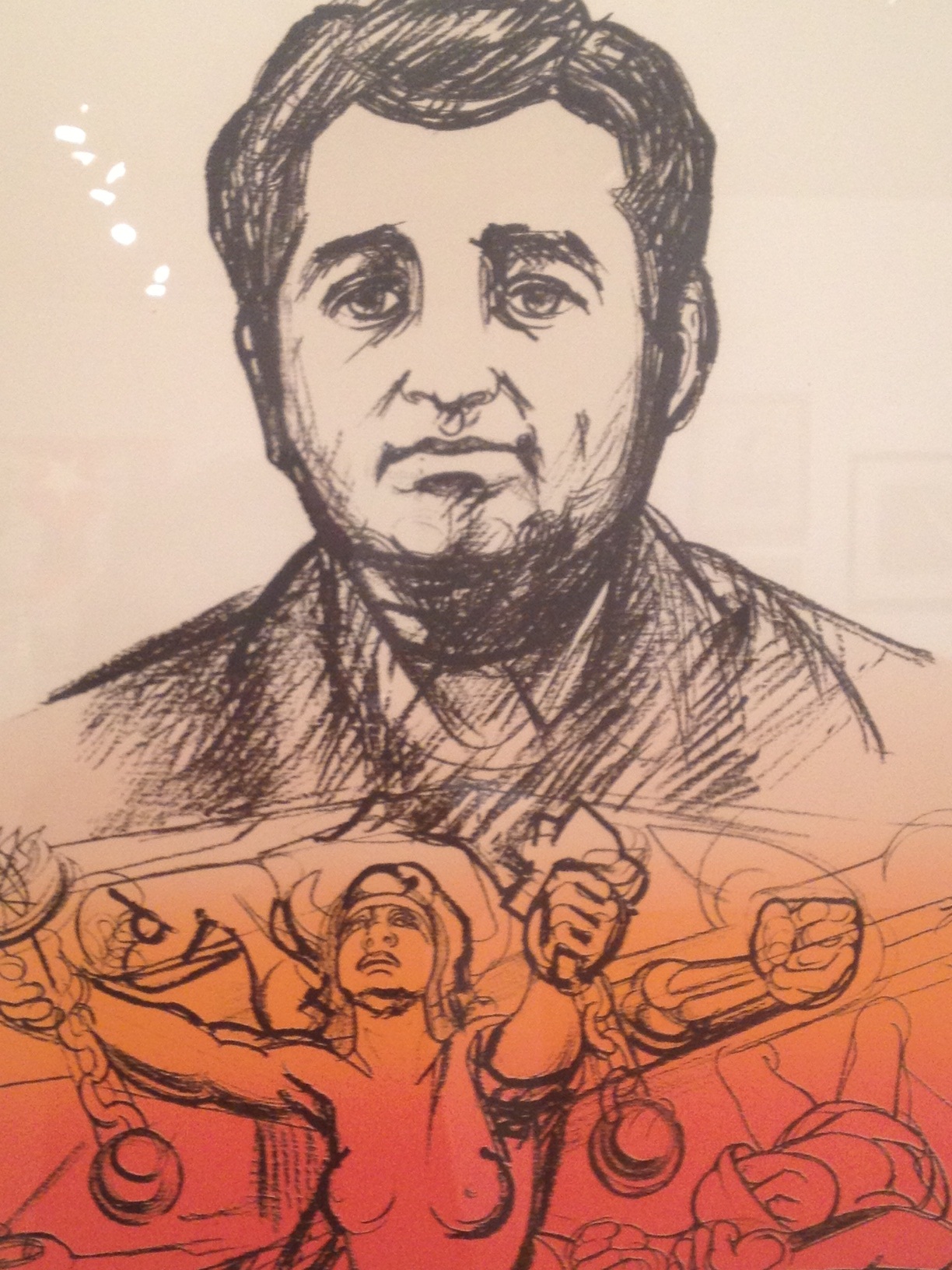AARP Eye Center
Ruben Salazar in Art and Reality
By Al Martinez, April 10, 2013 10:06 AM

I never intended a visit to the Museum of Latin American Art to revive memories of an old friend whose stature as an icon of courage began rising the moment his life was ending. In fact, the gallery in Long Beach was filled with far more compelling work than the simple portrait of Ruben Salazar by the noted Mexican muralist David Alfaro Siqueiros. But only Salazar's image managed to stop me in my tracks. It was personal.
He was a reporter and columnist for the Los Angeles Times killed during riots that erupted on the streets of L.A. during demonstrations at the National Chicano Moratorium March against the Vietnam War. A tear gas canister fired by a deputy sheriff into a bar struck Salazar as he sat with a cold beer enjoying a quiet moment away from the calamity he had been covering.
I had known Salazar not as an iconic figure in lithograph art but as an unassuming, good-natured fellow journalist on a competing newspaper in the San Francisco Bay Area. Sharing Latino surnames in a business then noted for its lack of Hispanic bylines, we bonded as we covered the same stories and met occasionally after the deadlines had passed to share details of our efforts.
I lost track of him when he was hired by the Los Angeles Times, then was shocked, as many were, by his death in 1970. I joined the Times two years later and discovered how, in life, he had been a tireless advocate of justice and fair treatment of Chicanos and, in death, had ironically become the image of ill-treatment and injustice by the Anglo community. The deputy sheriff who fired the tear gas canister was exonerated and Salazar's death ruled accidental. The decision will be debated until the end of days.
Other paintings of Salazar exist, including a wildly imaginative rendition of the moment he was killed. There are also streets, schools and parks named after him. But the portrait that hangs in the main gallery of MOLAA-named simply Courage-will remain my favorite, even over those with the intensity, bright colors and high drama that often characterize Latin American art. As I moved on to other paintings, I could almost hear Salazar's footsteps behind me. He is one of us, a working journalist, and we all take pride in that.
We can similarly take pride in a museum that has existed since 1996 as the only one of its kind exclusively dedicated to modern and contemporary Latin American art. About 45 minutes south of L.A., one can visit an expanse of art that involves our neighbors from Mexico to Argentina, and marvel at the link of imagination and talent that connects us all.
Also of Interest
- Chinua Achebe, Celebrated Nigerian Novelist, Dies at 82
- Curb Your Enthusiasm: Pessimists May Be Healthier
- Join AARP: Savings, resources and news for your well-being
See the AARP home page for deals, savings tips, trivia and more































































